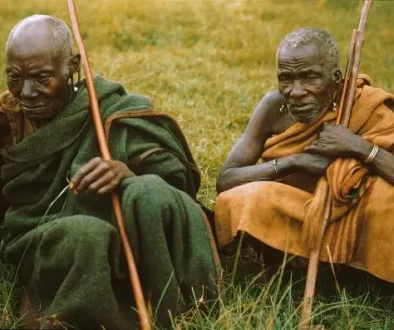Biodiversity Conservation through Traditional Beliefs System: A Case Study from Kumaon Himalayas, India
Singh, Harsh; Husain, Tariq; Agnihotri, Priyanka; Pande, Puran Chandra; Iqbal, Mudassar2012
The present study was carried out in Malay Nath sacred grove of Kumaon Himalaya, India, in appreciation of its role in biodiversity conservation. The whole grove is dedicated to the local deity “Malay Nath”, showing a semi-temperate type vegetation of the region. Rituals and cultural beliefs of the local peoples of Kumaon play a significant role in conserving biodiversity. The study aimed at the documentation and inventory of the plant species of the sacred grove, their threats and conservation challenges in the Indian Himalayan of Kumaon region, and to this, systematic field surveys were conducted during 2007-2010 covering all four seasons viz., summer, rainy, winter and spring.
A total of 64 species were identified, of which 35 species are flowering plants and 29 species are non-flowering plants. The dominant family was Parmeliaceae of lichen which recorded the maximum 6 species. 35 plant species are used as an ethno-medicinal and the information about the ethno-medicinal plants was gathered from knowledgeable elderly local peoples of the area. Hedychium spicatum, Bergenia ciliata, Origanum vulgare, Berberis asiatica, etc. are highly exploited species and need to be conserved.
Reference
Singh, Harsh; Husain, Tariq; Agnihotri, Priyanka; Pande, Puran Chandra; Iqbal, Mudassar. “Biodiversity Conservation through Traditional Beliefs System: A Case Study from Kumaon Himalayas, India”. International Journal of Conservation Science. Vol. 3, January – March 2012, nº. 1, p. 33-40.




